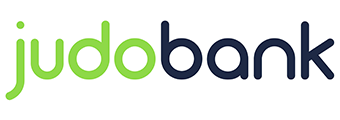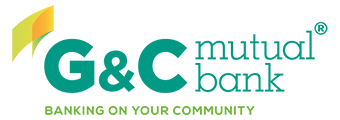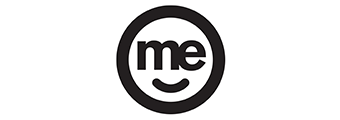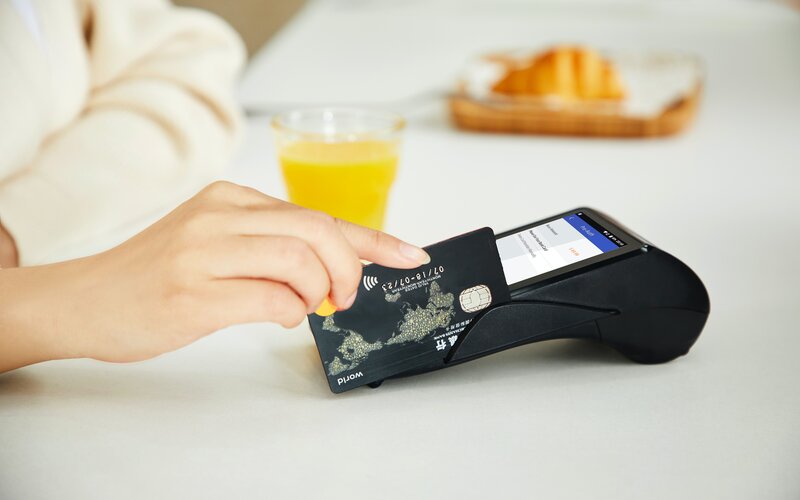The ABS on Wednesday released February 2023 Consumer Price Index (CPI) figures, showing prices are 6.8% higher than in February 2022.
While this remains well above the RBA's ideal 2-3% underlying target range, it is down significantly from 7.4% in January and the peak of 8.4% in December.
Market forecasts were projecting 7.2% for February.
The ABS also releases a supplementary CPI figure that excludes goods with traditionally particularly volatile prices (fruit and vegetables, fuel etc.) that showed a decline as well, 6.6% compared to 6.8% in January.
However, electricity prices have risen 17.2% over the past 12 months.
The overall encouraging figures are in-line with RBA Governor Philip Lowe's comments in March's monetary policy statement that the CPI indicator suggests inflation has peaked.
"Goods price inflation is expected to moderate over the months ahead due to both global developments and softer demand in Australia," Dr Lowe said.
Annual inflation is annualised to each quarter, not month, so the numbers differ slightly.
Cause for a pause?
Today's release is the latest in several recent developments that have seen many analysts adjust expectations for April's RBA decision next Tuesday.
Earlier in the year, there was a broad consensus that continual rate rises throughout this year until the cash rate reaches near or above 4% were inevitable.
After December's high CPI figures, Dr Lowe and the board seemingly took a more hawkish stance - minutes for the February cash rate decision revealed the board didn't even think about pausing the rate increases.
In March though, the language used was decidedly softer.
“Members agreed to reconsider the case for a pause at the following meeting, recognising that pausing would allow additional time to reassess the outlook for the economy,” the minutes read.
Since then, the collapse of Silicon Valley Bank and turbulence across the global banking industry has made a pause more plausible prospect.
"Given the now high risk of recession, which would curtail inflation, it makes sense for central banks including the RBA to pause rate hikes,” AMP chief economist Shane Oliver said.
Throughout the rate hiking cycle, Dr Lowe has been consistent that bringing inflation down to manageable levels is his and the board's overwhelming priority, with increasing the cash rate a necessary means to curb spending.
Today's release, along with weaker than expected retail trade figures yesterday, is more evidence that the rate hikes are having the intended effect.
What's driving inflation?
Fuel prices rose 5.6% from February '22 to '23, the lowest increase for two years.
In March and July last year, fuel prices were up more than 40% from the corresponding point a year before, one of the biggest contributors to inflation.
There were several other spending categories that have seen prices moderate notably.
| Spending category | Price change from December '21 to '22 | Price change from January '22 to '23 | Price change from February '22 to '23 |
| Recreation and culture | 14.4% | 10.2% | 6.4% |
| Transport | 7.2% | 6.1% | 5.6% |
| Food and alcoholic beverages | 9.5% | 8.2% | 8% |
| Furnishings, household equipment and services | 8.5% | 6.8% | 6.6% |
Advertisement
Want to earn a fixed interest rate on your cash? The table below features term deposits with some of the highest interest rates on the market for a six-month term.
Picture by Sami Aksu on Pexels








 Harry O'Sullivan
Harry O'Sullivan
 Denise Raward
Denise Raward

 Harrison Astbury
Harrison Astbury
 Emma Duffy
Emma Duffy

